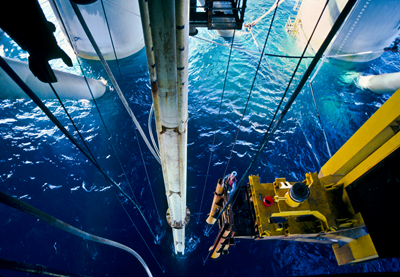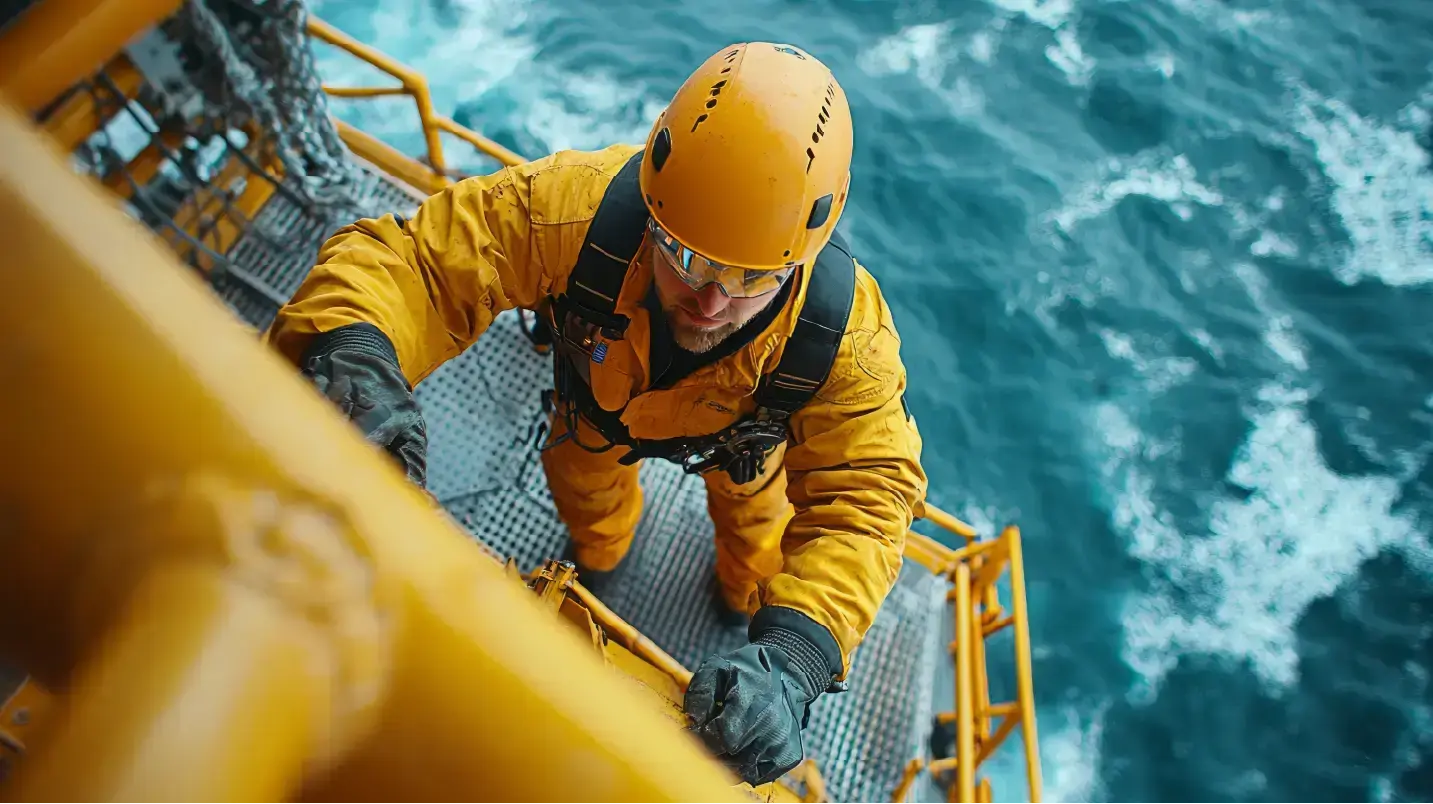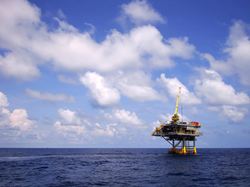Risers face many challenges stemming from harsh environmental conditions, complex fluid dynamics and the critical need for environmental protection. Addressing these challenges requires a blend of innovative engineering, rigorous testing and continuous improvement. This article delves into the primary obstacles associated with riser design and verification and outlines strategies to overcome them, aiming to equip engineers with insights to navigate these complexities successfully.
Understanding the Challenges
- Environmental Forces and Structural Integrity: Subsea risers are subjected to extreme environmental conditions, including low temperatures, corrosive seawater and dynamic forces such as waves, currents, and wind. Designing risers to endure these conditions without failure is paramount for the safety and success of offshore operations.
- Material Selection and Corrosion Resistance: Selecting the appropriate materials that can withstand the corrosive marine environment while maintaining structural integrity and flexibility is crucial. Engineers must balance cost, weight and durability in their material choices, opting for advanced steel alloys or composite materials when there is a technical requirement.
- Direct Wave Fatigue Resistance: The cyclical nature of wave and current loads can lead to fatigue in riser systems. Ensuring the structural integrity over the lifetime of the riser requires sophisticated analysis techniques to predict and mitigate fatigue failure.
- Vortex Induced Vibrations: The interaction of risers with wave and current, has the potential to create vortex-induced vibrations (VIV), which can significantly impact the riser's longevity and performance. Designing to minimise VIV without compromising the riser's function is a complex challenge.
- Thermal Management: Temperature variations pose a significant challenge, especially in deepwater applications where the riser must transport hydrocarbons safely from the high-temperature reservoirs to the cooler surface. Thermal insulation or active heating systems are often required to prevent hydrate formation and ensure flow assurance.
Overcoming the Challenges
- Advanced Modelling and Simulation: Using state-of-the-art computational fluid dynamics (CFD) and finite element analysis (FEA) tools enables engineers to simulate the riser's behaviour under various conditions, improving design accuracy and efficiency.
- Innovative Materials and Coatings: Research into new materials and protective coatings offers routes to enhance corrosion resistance and reduce weight. High-strength, corrosion-resistant alloys, and fibre-reinforced composites are increasingly being adopted for their superior performance.
- Fatigue Analysis Techniques: Advanced fatigue analysis techniques, including spectral analysis and time-domain analysis, allow for more accurate life predictions. Incorporating real-time monitoring systems to track the condition of risers in operation can also inform maintenance schedules and extend service life.
- VIV Suppression Devices: The development and installation of VIV suppression devices, such as strakes or fairings, have proven effective in reducing the amplitude of vibrations, thereby mitigating the risk of fatigue damage. Other techniques including careful selection of weld locations can be used to move the fatigue sensitive regions away from the highest stress areas.
- Thermal Insulation Solutions: Employing thermal insulation materials and active heating technologies, like electrically heated pipes, ensures the maintenance of optimal temperatures along the riser, addressing flow assurance challenges.
Verification and Testing
Verification plays a critical role in ensuring the riser design meets all safety, environmental, and operational requirements. This involves a combination of:
- Physical Testing: Scale model testing in wave tanks and flow loops simulates the riser's response to environmental forces and fluid dynamics, validating design models.
- Certification and Standards Compliance: Adhering to industry standards and obtaining certification from recognised bodies confirms that the riser design meets the highest safety and quality benchmarks.
- Operational Testing and Monitoring: Field testing, combined with continuous monitoring of riser performance, provides real-world data to refine models and improve future designs.
Overcoming the challenges in riser design and verification is a testament to the resilience and ingenuity of subsea engineers. The industry continues to advance the safety, reliability, and efficiency of riser systems through the integration of advanced technologies, innovative materials, and rigorous testing regimes. As we push the boundaries of offshore exploration and production, embracing these strategies will be instrumental in navigating the complexities of the subsea environment, safeguarding our marine ecosystems and securing the future of energy resources.
For more information, visit www.jee.co.uk/design
To contact our Head of Design, John French, email john.french@jee.co.uk, or call +44 (0)1732 371 371.






